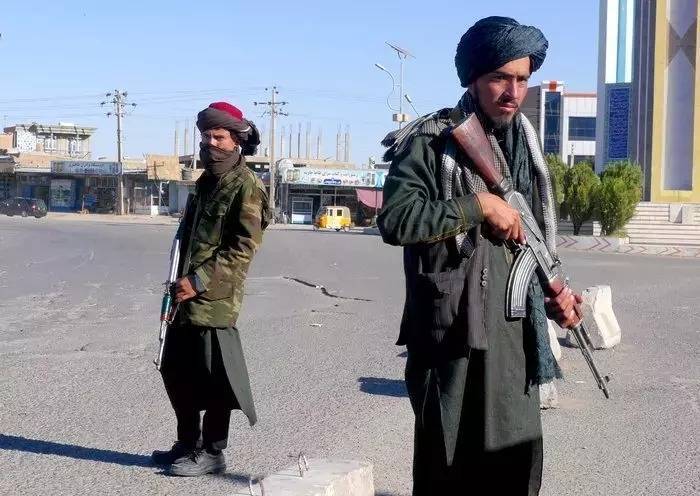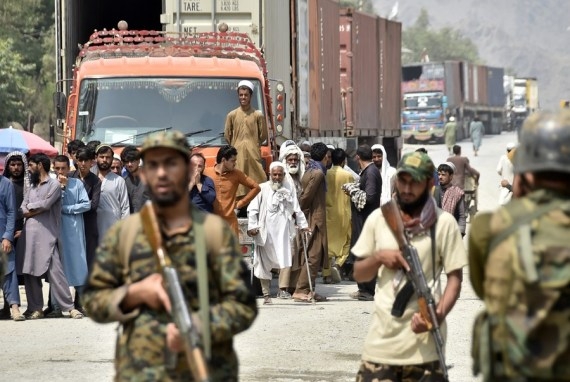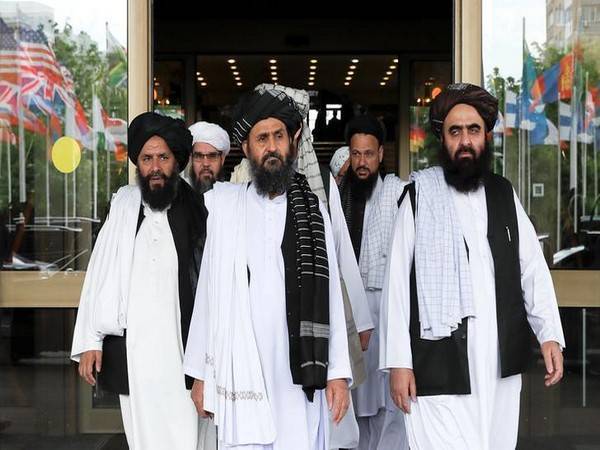Afghanistan has lost 39.59 per cent of its media outlets and almost 60 per cent of its journalists since Taliban takeover…reports Asian Lite News
Expressing concerns over the situation of journalists in Afghanistan, Reporters Without Borders in its report said that country has lost 39.59 per cent of its media outlets and almost 60 per cent of its journalists since the Taliban took over the South Asian nation on August 15.
Reporters Without Borders is an international non-profit and non-governmental organization with the stated aim of safeguarding the right to freedom of information.
In its latest report, RSF report reads, “According to a Reporters Without Borders (RSF) survey, in the year since the Taliban took power on 15 August 2021, Afghanistan has lost 39.59 pc of its media outlets and 59.86 pc of its journalists, especially women journalists, three quarters of whom are now unemployed and no longer exist in 11 provinces. All this has happened amid a deep economic crisis and crackdown on press freedom.”
The report brought to light that journalism in Afghanistan has been drastically curbed and reduced in terms of number of journalists and media outlets, reported Tolo News.

RSF secretary-general Christophe Deloire said, “Journalism has been decimated during the past year in Afghanistan.”
“Media and journalists are being subjected to iniquitous regulations that restrict media freedom and open the way to repression and persecution. The authorities must undertake to end the violence and harassment inflicted on media workers, and must allow them to do their job unmolested.”
Comparatively, the situation has deteriorated to a great deal and this is confirmed by the numbers prior to 15 August 2021. According to RSF’s report, Afghanistan had 547 media outlets prior to 15 August 2021 while one year later in 2022, 219 ceased their activities.
“RSF’s survey leaves little doubt about the massive impact that the fall of Kabul and the creation of the Islamic Emirate of Afghanistan have had on the media. Afghanistan had 547 media outlets prior to 15 August 2021. One year later, 219 ceased their activities. And of the 11,857 journalists tallied prior to 15 August 2021, there are only 4,759 now. Women journalists have been impacted most – 76.19% of them have lost their jobs,” according to the RSF report.
One of such journalists who is now concerned and ambiguous about his future in the media industry is Samiullah Taniz. He works in Kabul and is one of the hundreds of reporters in the country whose future is doomed.
Meena Habib, another journalist, said, “I have worked in the media for nine years of my life and I have not found time to learn another career.”

Hojatullah Mujadidi, chairman of the Afghan Independent Journalists Association, said, “The Islamic Emirate should work with the media and journalists to set up a committee to deal with media violations and access to information.”
After the US troops left the Afghan soil amid fears of the Taliban regime, thousands of journalists fled the country. Some of them are currently living in Pakistan and other countries with no clear future plans, as per the media portal.
Taliban have been accused of blocking the way of a journalist with guns from coverage and reportedly whipping the media person.
A local Afghan news outlet has released a video circulating on social media giving insight into the violent treatment going on in Afghanistan under the Taliban regime.
Since the Taliban took over Afghanistan in mid-August last year, it rolled back women’s rights advances and media freedom revoking the efforts on gender equality and freedom of speech in the country.
The Afghanistan Journalists Center (AFJC) had expressed concern at the incident in which the female host of Dost Radio in Nangarhar province in eastern Afghanistan, Selagi Ehsaas was recently attacked by unidentified gunmen.
AFJC condemned violence against the media and journalists after the beating of Selagi Ehsaas, who was returning from work on July 20, when she was stopped by unidentified gunmen and pistol-whipped in Moi Mubarak village of Surkh Rod district in Nangarhar province, reported Khaama Press.
The locals brought Selagi to the hospital after she fell unconscious due to the attack, the locals said, adding that she is still in shock and fear.
She said she does not “feel safe”, Khaama Press reported, quoting locals.
It is alleged that the female broadcaster was beaten by the Taliban and was also said to work as a midwife in one of the private hospitals; however, the Information and Culture Department of the Taliban in Nangarhar province has denied the claims.
Previously, on June 6, the manager of Dost Radio, Sahar Sirat Safi, was detained by Taliban intelligence in Kabul and released after 28 days.
According to UNAMA, there have been significant changes in the country’s media landscape, including the closure of more than half of the free media, the evacuation of hundreds of journalists, and rising work restrictions, violence, and threats against journalists.
Earlier in May, while reporting a women’s demonstration, journalist Roman Karimi and his driver were detained and tortured by the Taliban.
Over 45 per cent of journalists have quit since the Taliban assumed power. The ever-increasing restrictions against media in Afghanistan have also drawn widespread criticism globally with the United Nations (UN) and the Committee to Protect Journalists (CPJ) decrying the arrests, demanding the Taliban stop harassing local journalists and stifling freedom of speech through continued detentions and threats.
The Taliban had promised women’s rights, media freedom, and amnesty for government officials in the group’s first news conference after the takeover in August. However, activists, former government employees and journalists among others continue to face retribution. (ANI)














